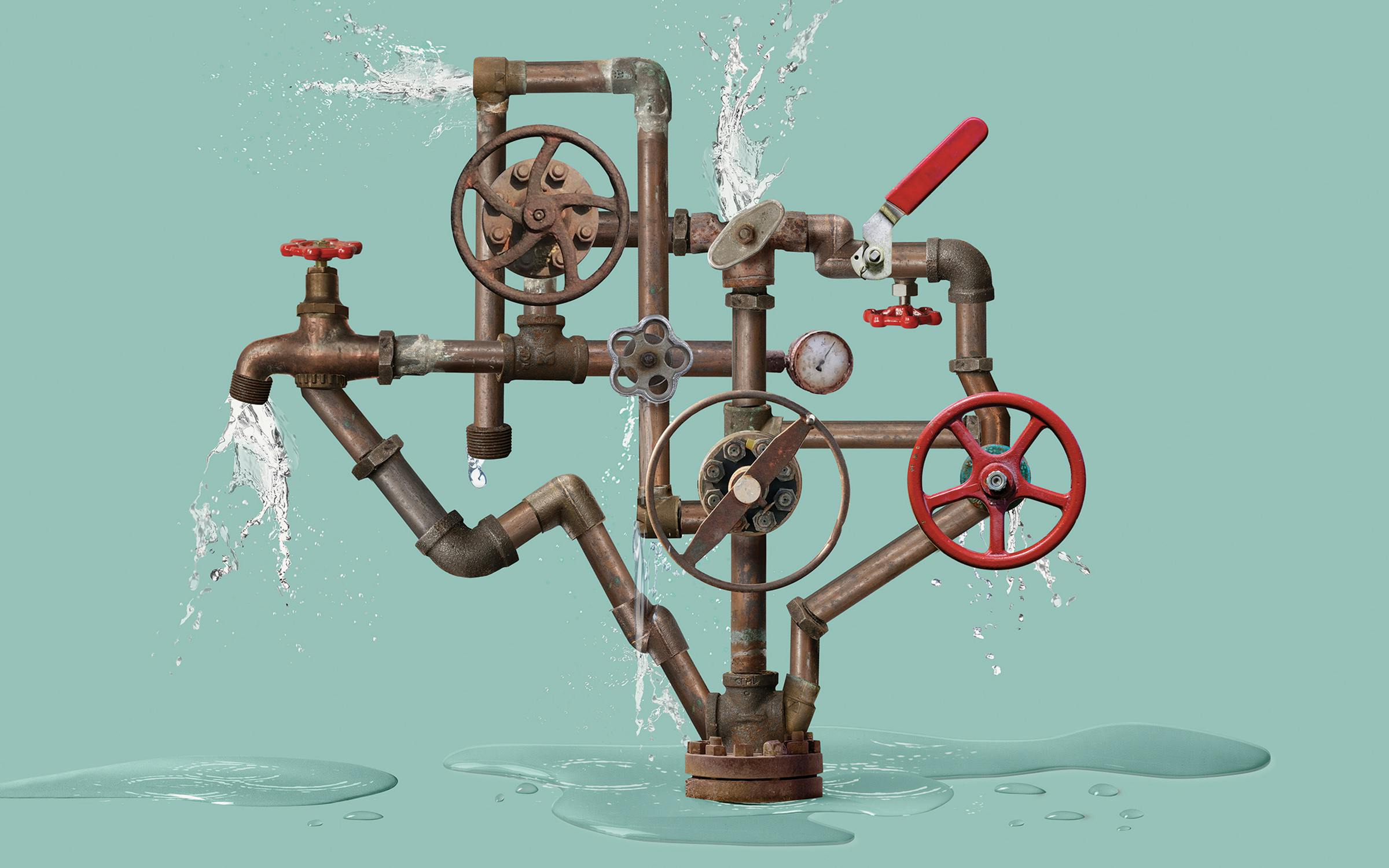Decades of overpumping have severely depleted the Ogallala Aquifer, forcing difficult changes for High Plains farmers.
The rains don’t come like they used to, and Glenn Schur can’t rely on the once bountiful water beneath the clay loam soil of the South Plains—the largest cotton-producing area in the world. In the past, his pumps pulled up as much as he needed to irrigate his crops. But recent years have brought drier weather to Schur’s 2,500 acres near Plainview, a town of 20,000 between Lubbock and Amarillo. The Ogallala Aquifer yields less and less. “My granddad dug the well. My dad pumped the well,” said the 65-year-old farmer. “And I’m going to be the generation that capped the well.”
The Ogallala, which stretches across portions of eight states, from South Dakota to Texas, was first tapped on a large scale by farmers in the forties. Oil field drilling methods allowed them to access the vast underground reservoir, transforming what were once rich native grasslands grazed by bison into a grid of well-watered commodity crops.

